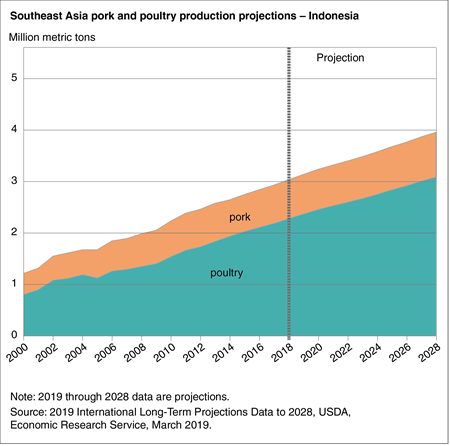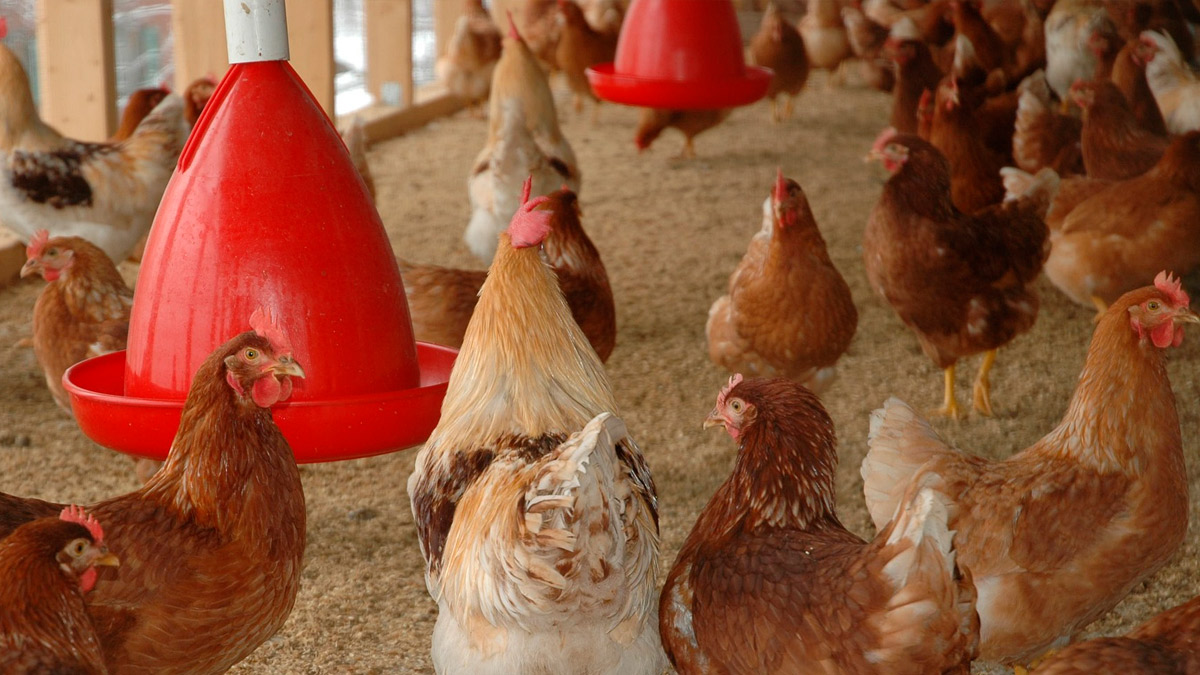
☘️ Happy St. Patrick’s Day!🍀
March 17, 2024The Southeast Asian region has seen a remarkable surge in its income, population, and urbanization in recent years, driving a significant increase in livestock production and meat consumption, particularly poultry and pork. This region comprises ten nations, including Brunei, Cambodia, Indonesia, Laos, Malaysia, Myanmar, the Philippines, Singapore, Thailand, and Vietnam. In this article, we will focus on five key emerging markets: Indonesia, Malaysia, the Philippines, Thailand, and Vietnam.
According to USDA’s long-term projections until 2028, Southeast Asia Ipositioning itself to become the world’s leading importer of soybean meal in the next decade, surpassing the European Union by 2022. This rise in soybean meal imports, a critical component in animal feed, is attributed not only to the growth in pork and poultry production but also to the limited soybean crushing capacity in the region.
The recent spread of African Swine Fever in Southeast Asia has raised concerns, which could hinder expansion and restrict feed imports. However, it is worth noting that this issue was not present when commodity projections were made in October 2018.
Furthermore, demand and imports of forage cereals in the region are steadily increasing. Countries like Indonesia, Vietnam, and Malaysia are among the fastest-growing maize importers in the region. Although Indonesia has imposed restrictions on maize imports to support its local producers, and the Philippines has set tariff quotas, these measures may have limiting effects on imports.
Since the region cannot increase its domestic wheat production to meet the growing demand for animal feed and food, some countries have opted to expand imports of quality forage wheat. Additionally, there is an increase in imports of Distillers Dried Grains with Solubles (DDGS), a derivative of ethanol production, as an alternative in animal feed.
Demographically, Southeast Asia continues on a path of steady population and income growth. According to data from the United States Census Bureau, the total population of the region’s ten countries increased by 11.6 percent between 2008 and 2017, reaching 665 million in 2017, and is projected to reach 720 million by 2027. This population and economic growth continue to drive demand for agricultural and livestock products in the region.



